Twisted pair cables, particularly those used in outdoor or harsh environments, often employ water-blocking gels. Let’s explore how these gels are used in twisted pair cables and their implications:
1. Purpose of Water-Blocking Gels in Twisted Pair Cables:
– Moisture Protection: The primary purpose is to prevent water ingress and protect the cable from moisture-related damage.
– Maintaining Electrical Properties: Gels help maintain consistent electrical characteristics by preventing water from altering the cable’s dielectric properties.
– Corrosion Prevention: They protect the copper conductors from corrosion, extending the cable’s lifespan.
– Filling Voids: Gels fill empty spaces within the cable, preventing water migration along the cable length.
2. Types of Twisted Pair Cables Using Gels:
– Outdoor Ethernet Cables: Often used in external network installations.
– Underground Telephone Cables: For buried telecommunications infrastructure.
– Industrial Ethernet Cables: Used in harsh manufacturing environments.
– Marine-Grade Twisted Pair Cables: For shipboard and offshore applications.
3. Gel Characteristics:
– Non-Conductive: To maintain the electrical isolation between pairs.
– Hydrophobic: To effectively repel water and moisture.
– Stable Viscosity: To remain in place over a wide temperature range.
– Chemically Inert: To avoid reacting with cable materials or environmental contaminants.
4. Installation Considerations:
– Weight: Gel-filled cables are heavier than non-filled alternatives.
– Stripping and Termination: Requires special techniques and tools to clean the gel before termination.
– Handling: The gel can make the cable feel slippery, affecting handling during installation.
5. Performance Benefits:
– Enhanced Reliability: Particularly in wet or humid environments.
– Consistent Electrical Performance: By maintaining stable dielectric properties.
– Increased Lifespan: Through protection against environmental factors.
6. Challenges:
– Reduced Flexibility: The gel can make the cable stiffer and harder to bend.
– Installation Complexity: Requires more effort to prepare cable ends for termination.
– Cost: Gel-filled cables are typically more expensive than standard versions.
7. Specific Applications:
– Outdoor Network Installations: Where cables may be exposed to rain or high humidity.
– Direct Burial: For cables laid directly in the ground without conduit.
– Industrial Environments: Where cables may be exposed to moisture or chemicals.
– Telecommunications Infrastructure: For long-distance, outdoor telephone lines.
8. Comparison to Dry Water-Blocking Technologies:
– Some newer twisted pair cables use dry water-blocking technologies (e.g., water-swellable tapes or powders) instead of gels.
– Dry technologies can be easier to work with during installation and termination.
– Gel-filled cables often provide superior long-term water protection compared to dry alternatives.
9. Standards and Specifications:
– Various standards (e.g., TIA/EIA, ISO/IEC) define requirements for water-blocked twisted pair cables.
– These standards often specify water penetration resistance tests and electrical performance criteria.
10. Recent Developments:
– Improved Gel Formulations: Offering better electrical properties and easier handling.
– Hybrid Designs: Combining gel flooding with other water-blocking technologies for enhanced protection.
– Category-Specific Gels: Tailored formulations for high-performance cables (e.g., Cat 6A, Cat 7).
11. Environmental Considerations:
– Modern gel formulations are often designed to be more environmentally friendly.
– Proper disposal of gel-filled cables may require special considerations.
12. Impact on Signal Transmission:
– Generally minimal impact on signal transmission characteristics.
– May slightly increase attenuation due to the gel’s dielectric properties.
13. Maintenance and Repair:
– Repairs can be more complex due to the need to clean and re-seal the gel.
– Special repair kits and techniques may be required for gel-filled cables.
Water-blocking gels in twisted pair cables represent a crucial technology for ensuring reliable performance in challenging environments. While they add some complexity to installation and maintenance, their benefits in terms of long-term reliability and protection often outweigh these challenges in appropriate applications.
Would you like more information on any specific aspect of water-blocking gels in twisted pair cables?

This is Kamran Malekian working in the petroleum jelly manufacturing industry for Navid Noor Company since 2013 I am eager to make content in this industry and have a good impact on professional users and people using cosmetic and pharmaceutical products.
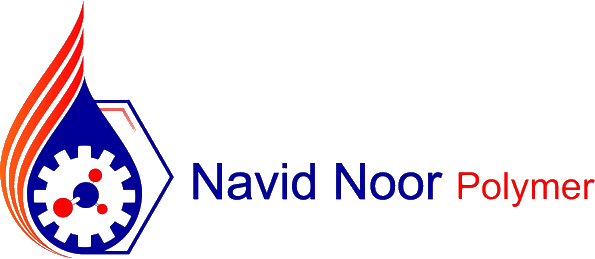
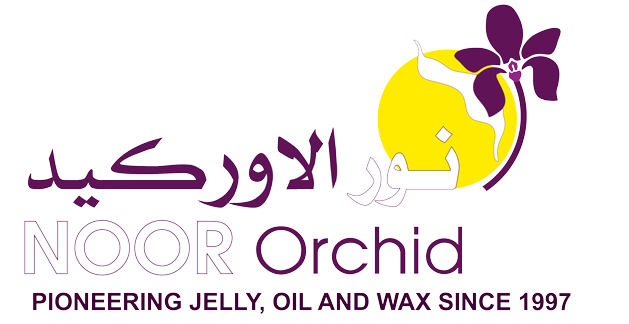





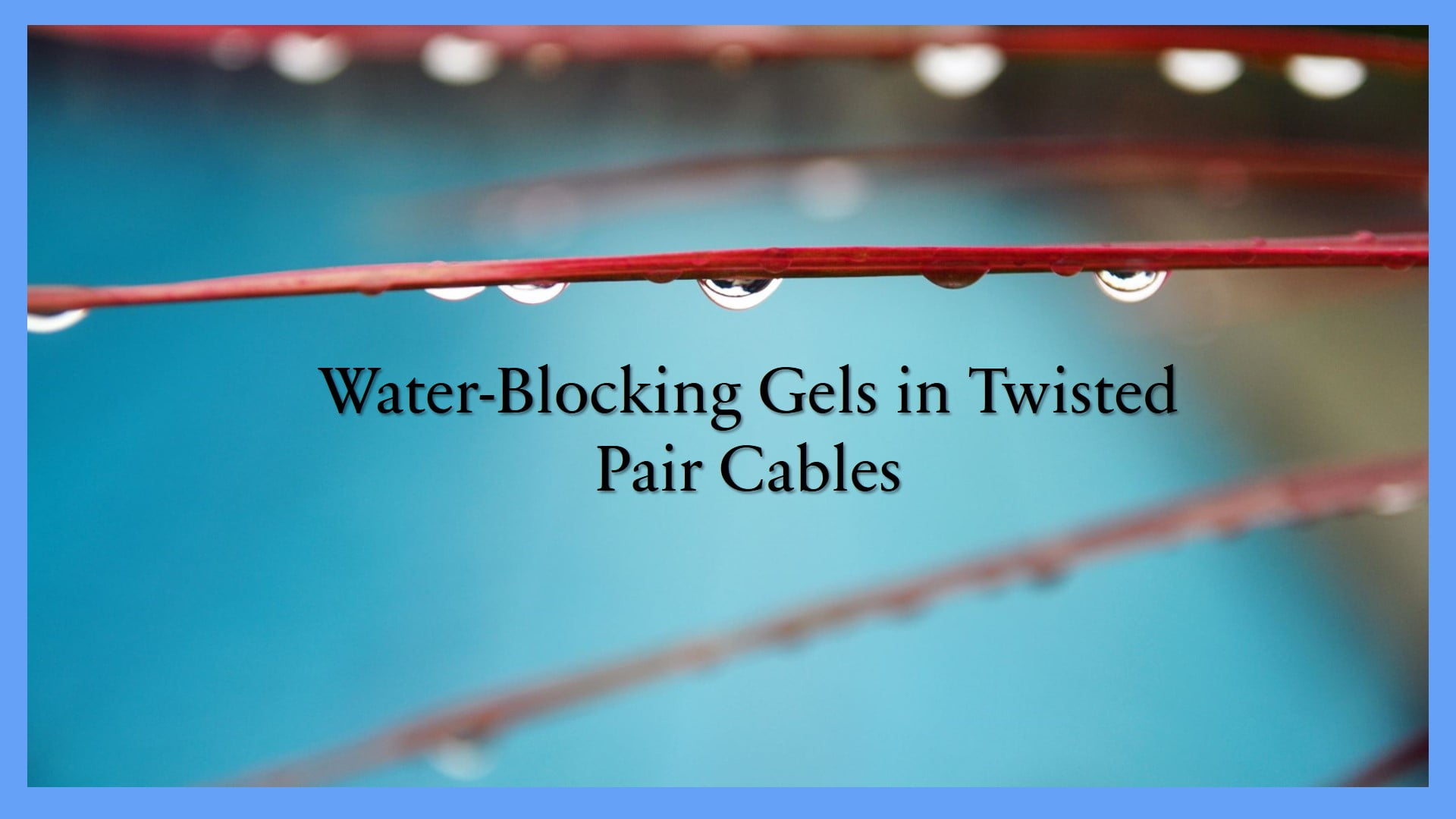
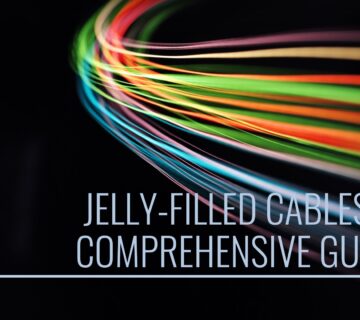

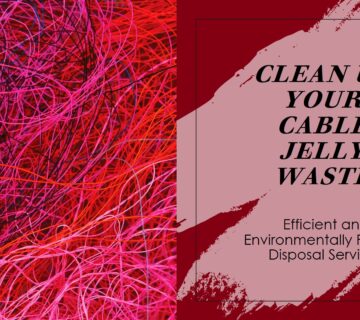
No comment